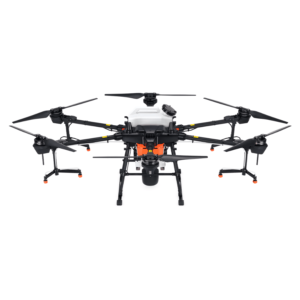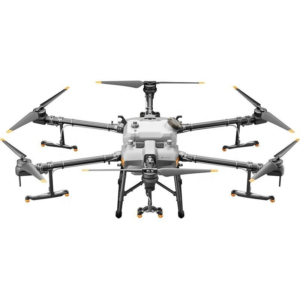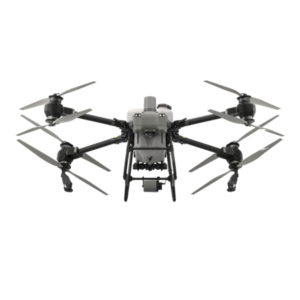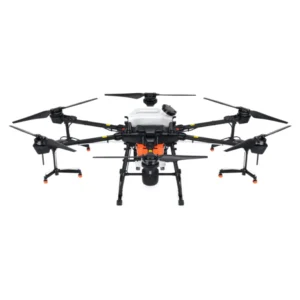Agriculture Drone
An agriculture drone is a specialized unmanned aerial vehicle (UAV) used to optimize farming operations. These drones are equipped with advanced sensors and cameras that capture high-resolution images, allowing farmers to monitor crop health, assess soil conditions, and efficiently manage resources. Agri drones can perform tasks such as aerial spraying, irrigation monitoring, and plant health analysis, significantly improving farming accuracy and reducing costs. At Hobitech, we provide cutting-edge agri drones designed to enhance productivity and sustainability in modern farming.
Drones and Agriculture
Drones and agriculture are transforming the farming industry by providing real-time data and valuable insights that help farmers make informed decisions. By flying over large fields, drones capture detailed imagery of crops, detecting issues like pests, diseases, or water stress that may not be visible from the ground. The integration of drone and agriculture has revolutionized crop management, enabling farmers to improve yields, reduce the use of pesticides, and enhance overall farm efficiency. Whether it’s for precision farming or land mapping, drones are becoming indispensable in today’s agricultural landscape.
Agriculture UAV
An agriculture UAV (Unmanned Aerial Vehicle) plays a vital role in modern farming by providing farmers with critical aerial data. These drones are equipped with multi-spectral cameras, thermal imaging, and GPS mapping technology, allowing farmers to monitor plant growth, optimize irrigation systems, and assess the health of their crops in real-time. The use of agriculture UAV’s helps improve crop management and reduces the need for manual field inspections, offering a cost-effective solution for large-scale farms. As technology advances, agriculture UAV’s continue to evolve, becoming a key asset in sustainable farming practices.
Drones and Farming
The integration of drones and farming has ushered in a new era of precision agriculture. Drones are used for various tasks, such as crop scouting, soil analysis, and even planting seeds, helping farmers maximize efficiency and productivity. By capturing aerial data, drones and farming work together to provide insights on crop performance, pest outbreaks, and irrigation needs. This technology enables farmers to take immediate action based on real-time data, reducing waste and improving overall crop health. With drones, farming is becoming more sustainable, efficient, and productive, providing long-term benefits to the agricultural industry.
UAV Drone Agriculture
UAV drone agriculture is at the forefront of precision farming, offering farmers the ability to monitor large areas of land quickly and accurately. By using advanced imaging technologies, UAV drone agriculture allows farmers to detect plant diseases, manage irrigation, and assess crop health in a matter of minutes. This technology reduces the need for manual labor and enables more informed decision-making, leading to increased crop yields and better resource management. As a result, UAV drone agriculture is becoming an essential tool for farmers looking to optimize their operations and meet the demands of modern agriculture.










